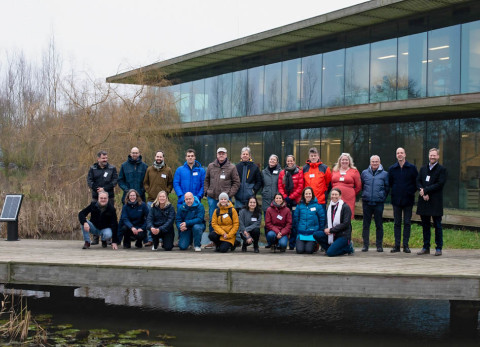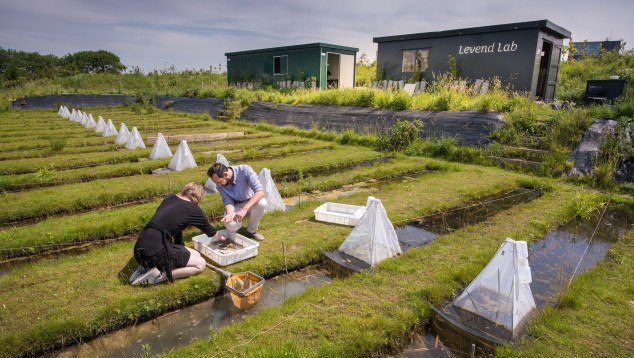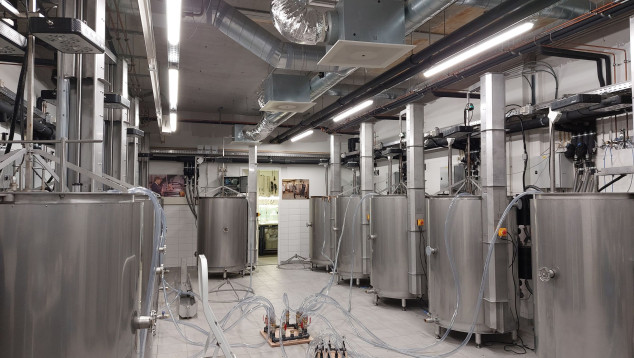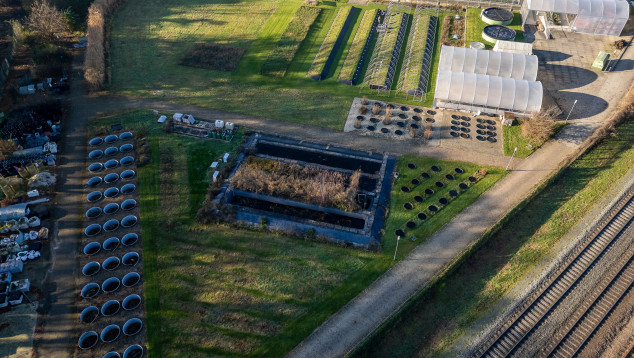Funding granted to create SMART experimental hub for aquatic processes

Funding granted to create SMART experimental hub for aquatic processes
A consortium for aquatic research facilities has received funding from the Dutch Research Council (NWO) programme for large research infrastructure consortia. For the next 10 years, “mini-lake” experimental facilities including the Netherlands Institute of Ecology (NIOO-KNAW)'s limnotrons, together with the experimental garden at Radboud University, the Sinderhoeve facility at WUR and the Living Labs facility at the University of Leiden will be supported by data scientists from the University of Twente and DANS-KNAW, using 4.18 million euros of funding to upgrade their separate facilities into a SMART collaborative hub.
Why SMART?
SMART stands for Self Monitoring, Analysis and Reporting Technologies. Recent developments in technologies such as water quality sensors and automated samplers mean that we can now gather findings from experiments at unprecedented scales of resolution. Such technological upgrades pave the way to improvements in experimental data processing using the latest AI techniques and the provision of data pipelines suitable for truly open science.
By joining together the leading freshwater ecologists and data scientists in the Netherlands, this collaborative project 'Smart experimental facilities for aquatic processes' (SEFAP) will provide a central hub for conducting experiments on inland waters. This “one-stop-shop” will be able to study aquatic ecosystems across varying scales of complexity from indoor tightly-controlled experiments to the ecological realism of outdoor naturally-colonised enclosures. Strongly guided by open science principles, SEFAP will share experimental facilities through the provision of access days for researchers, set up a shared instrumentation pool for monitoring and analytical instruments, and curate a metadatabase for aquatic ecology experiments to give a boost to Dutch aquatic ecology on the international stage.
Understanding and predicting aquatic ecosystems
The long-term vision of SEFAP is to improve aquatic ecosystem prediction in a changing world to address a lack of mechanistic understanding of aquatic ecosystem processes and their responses to environmental change. There is an urgent need to go beyond monitoring experimental effects (what is there?) towards understanding processes from species to ecosystem level (what is it doing?).
About the research programme
The research programme ‘Research Infrastructure (RI): national consortia' is designed to fund infrastructure that enables innovative science. With investments from this research programme, NWO strengthens the scientific infrastructure that Dutch knowledge institutions make available to the entire research community. To this end, scientists from all over the Netherlands work together to realise new facilities, sometimes also with international partners.




